Nature notes: Latest wildlife photography, May 2020
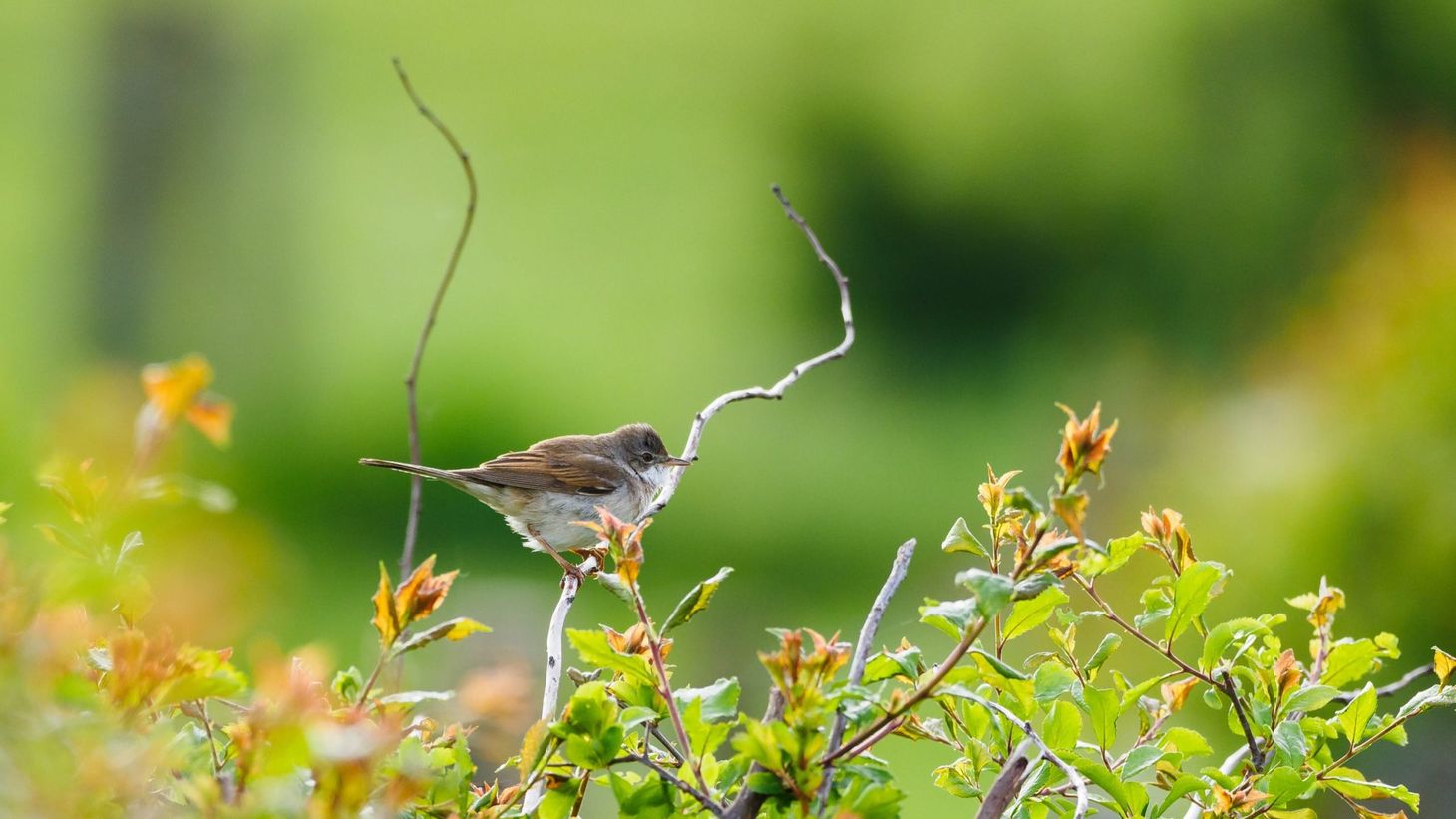
The first in a new series of blog posts on my latest nature and wildlife images.
Four weeks ago, I published a blog post called ‘The voices of birds: a greening of lockdown’, sharing my experience during the Coronavirus lockdown along with a few of my latest wildlife and landscape images.
May 2020 has been my best month ever for nature photography. Carrying my 300mm lens with me every morning has opened up a wealth of opportunities, but more important has been the process of learning to see that I mentioned in my first blog post. As I’ve come to know the birds and other wild creatures that inhabit the surprising landscape I call Warblerland (a quiet corner of rural Lincolnshire surrounding a nature reserve known as Heath’s Meadows), I have found myself more able to anticipate their behaviour. This has led to some of the most exciting wildlife experiences of my life.
As I write this, at the end of May, there’s a sense that the frantic activity and rapid growth of spring has passed. My dawn walks are no longer dawn walks, and bird sightings have become more challenging as leafy cover in the hedgerows and trees grows thicker.
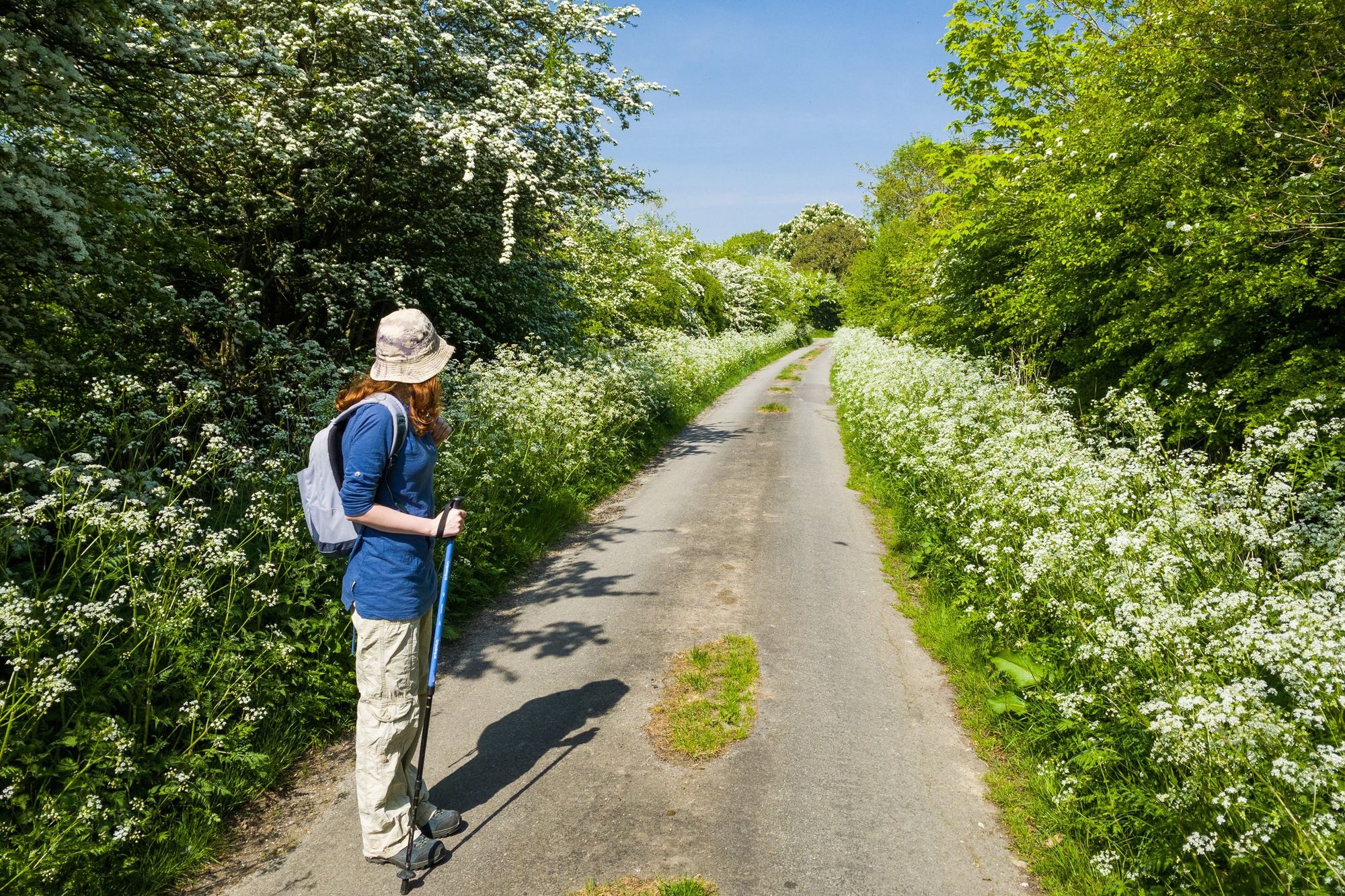
Will this period of prolific wildlife photography extend into June or even July? I don’t know, but from now on I will be posting more regular updates with my latest wildlife images – perhaps each week if I have captured enough of them worthy to share.
I hope you enjoy my images. I’m a beginner when it comes to long-lens nature photography, so I welcome feedback or criticism.
Warblers
It started with the whitethroats in early May, and whitethroats have been my constant companions ever since, with sightings every day. Their song is more sporadic now as the birds busy themselves feeding chicks, but a few males are still singing their hearts out. I was lucky enough to spot (and photograph) a lesser whitethroat on the 12th of May.
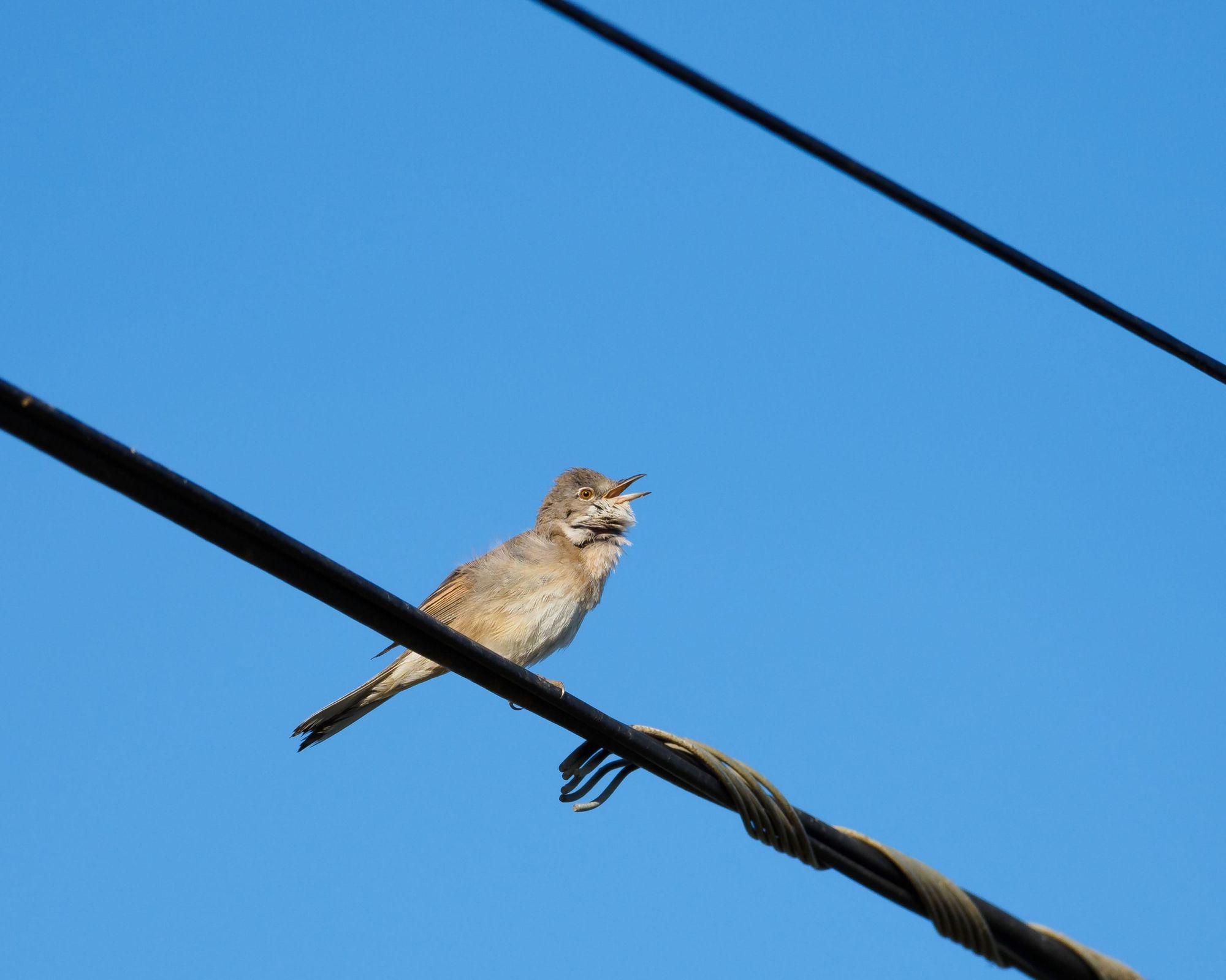
Sedge warblers are very active some mornings, less so at other times, but there are a few places where they can predictably be seen (and most definitely heard!) if you’re patient. There are also several blackcaps, including one individual I see and hear every day, and many chiffchaffs. I saw a reed warbler at the start of May but have seen no evidence of this species since.
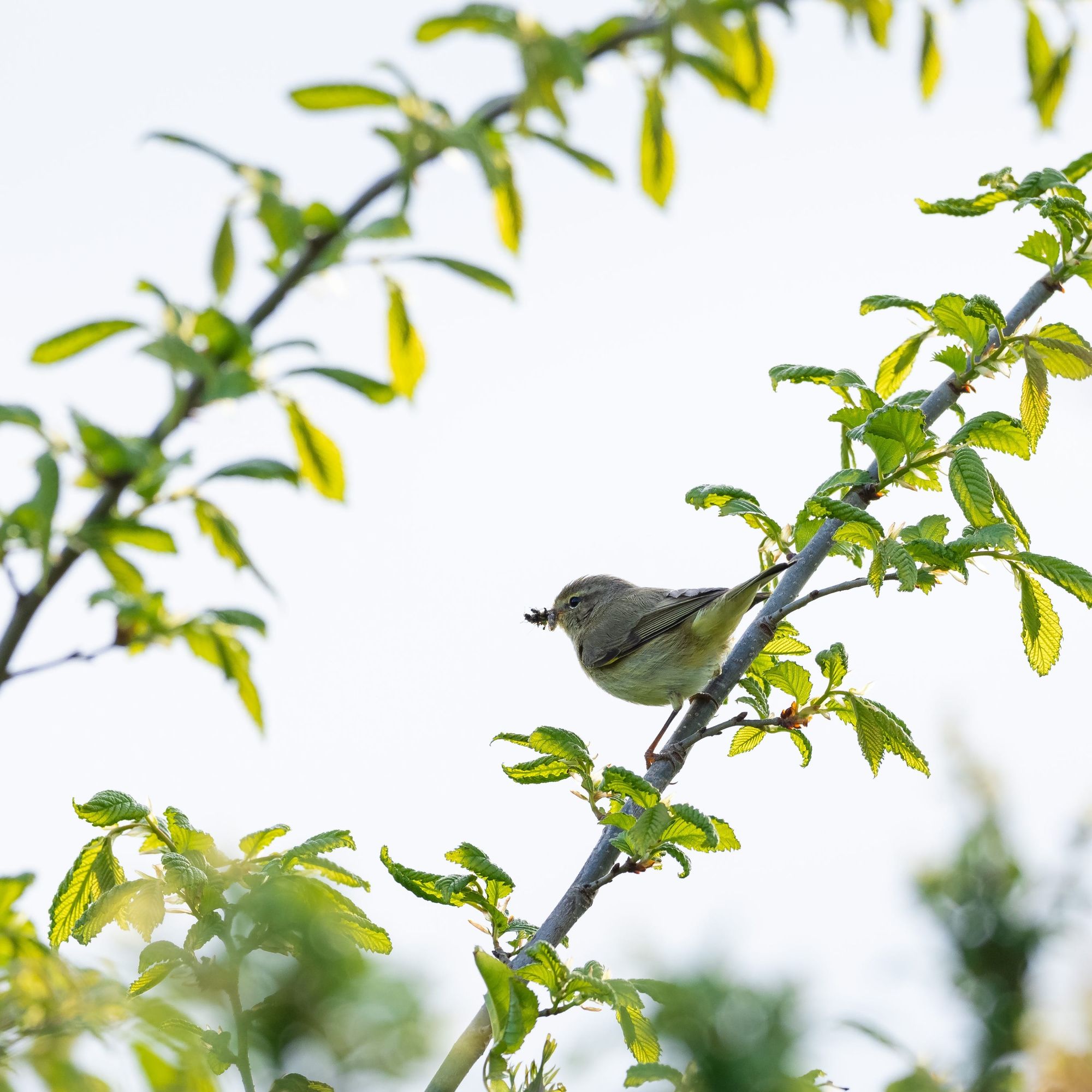
Raptors
The kestrel that I’d been seeing a lot in April stopped hunting on the brownfield site at some point in early May, and I have only seen a kestrel once since, from far away – I don’t know if it’s the same individual. I’ve been seeing quite a few buzzards but they’ve generally been too far away for successful photography.
My finest raptor moment came on the 28th of May when, after a few minutes of careful stalking, I was able to at last capture some decent images of the barn owl I’d spotted several times since my first sighting on the 30th of April. The following day I spoke to a local who has lived within 1km of the site for the last 32 years. She told me that barn owls have nested and hunted there for the entire period.
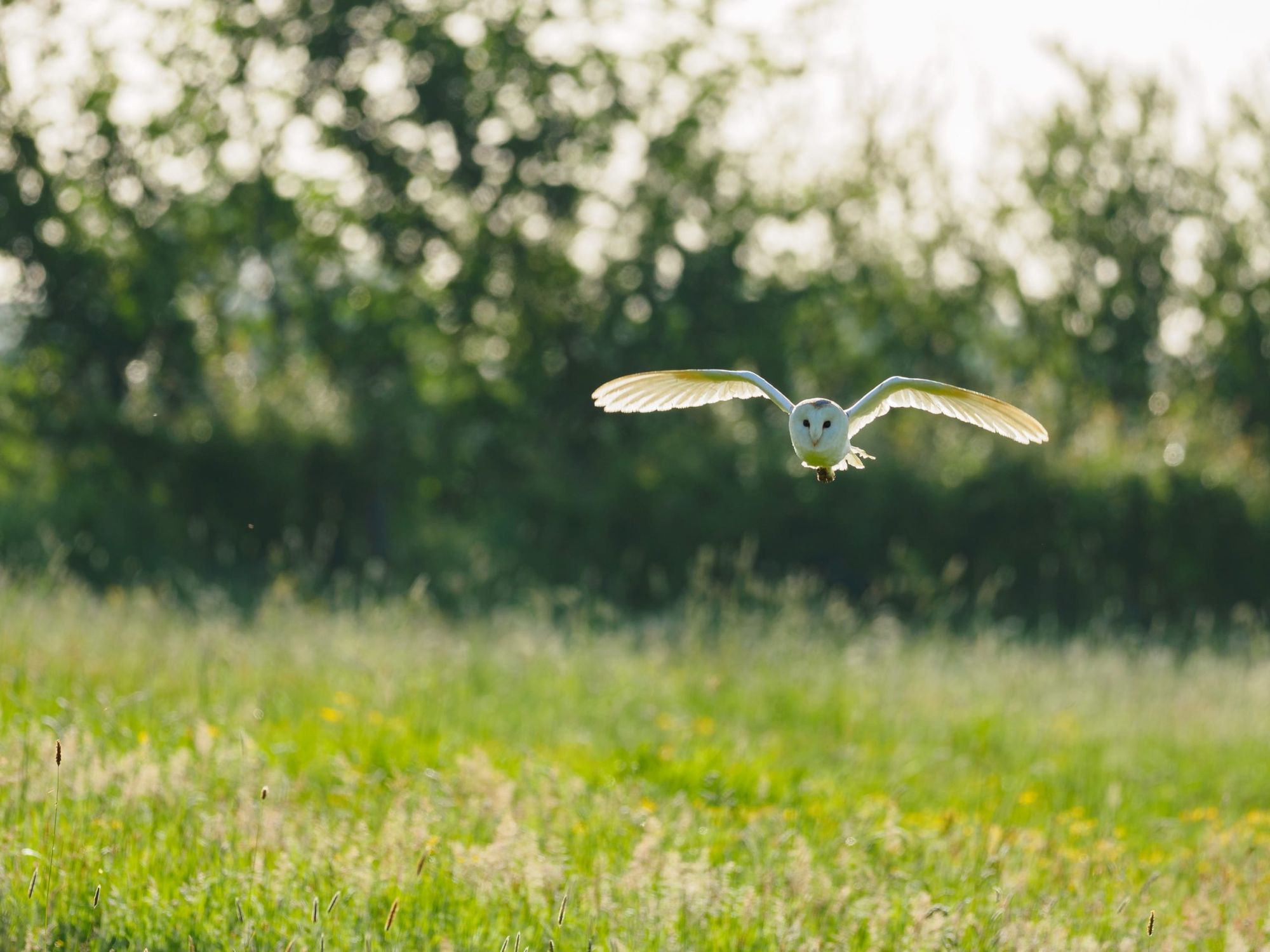
Other bird sightings
Other bird sightings have been numerous:
- Robin, song thrush, wren, dunnock, blackbird, starling, skylark, yellowhammer, reed bunting, spotted flycatcher, moorhen (nesting pair observed), swallow, house martin (nesting pair observed), little egret
- Finches: green, gold, chaffinch, bullfinch
- Tits: blue, coal, long-tailed, great (nesting pair observed)
- Ducks: mallard, goldeneye
- Not forgetting the village peacock!
Highlights include walking through a cow pasture literally fizzing with hundreds of just-fledged starling chicks jumping and chirping everywhere, daily observation of the nesting moorhens at the end of the fen drain, and watching a great tit nest metres away from the road, next to a building site that has been abandoned since the start of lockdown.
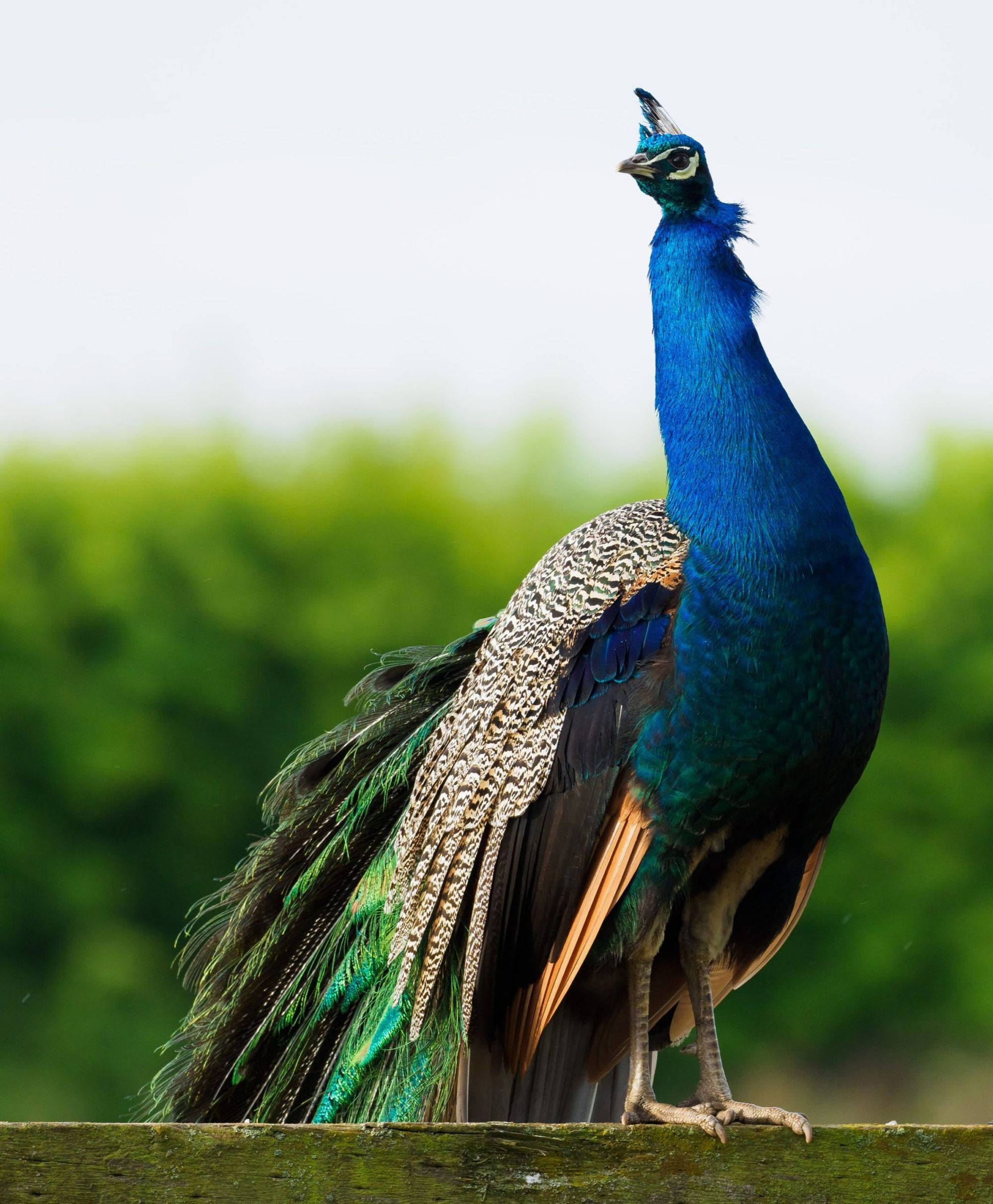
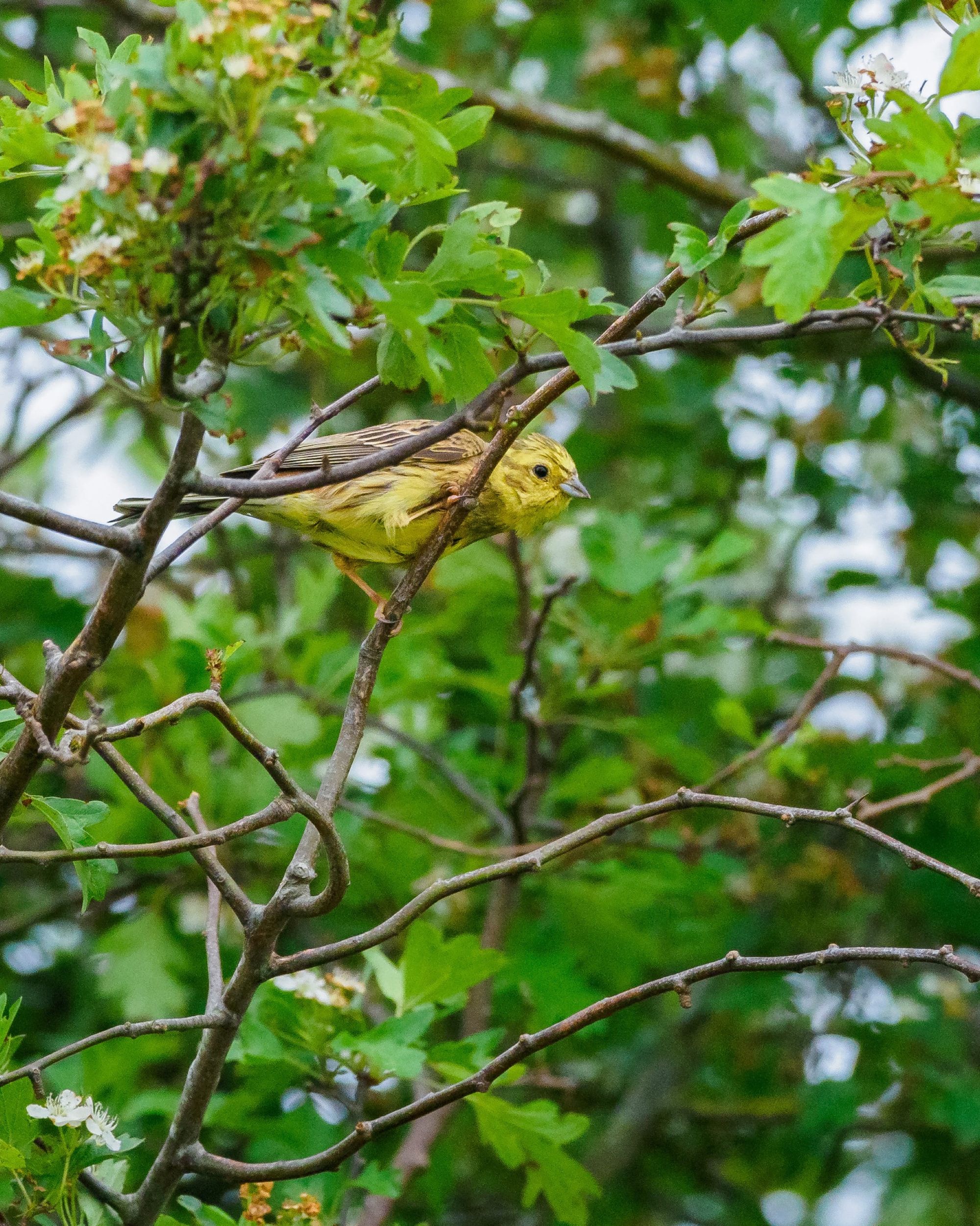
Mammals
I’ve had several close encounters with brown hares in the local fields. Deer have been regular walking companions too; there are several roe deer that forage around the edge of Warblerland, including a rather fine buck that I’ve observed on several occasions (once from very close quarters, to my delight). I’ve also seen at least three different muntjacs and two grey squirrels.
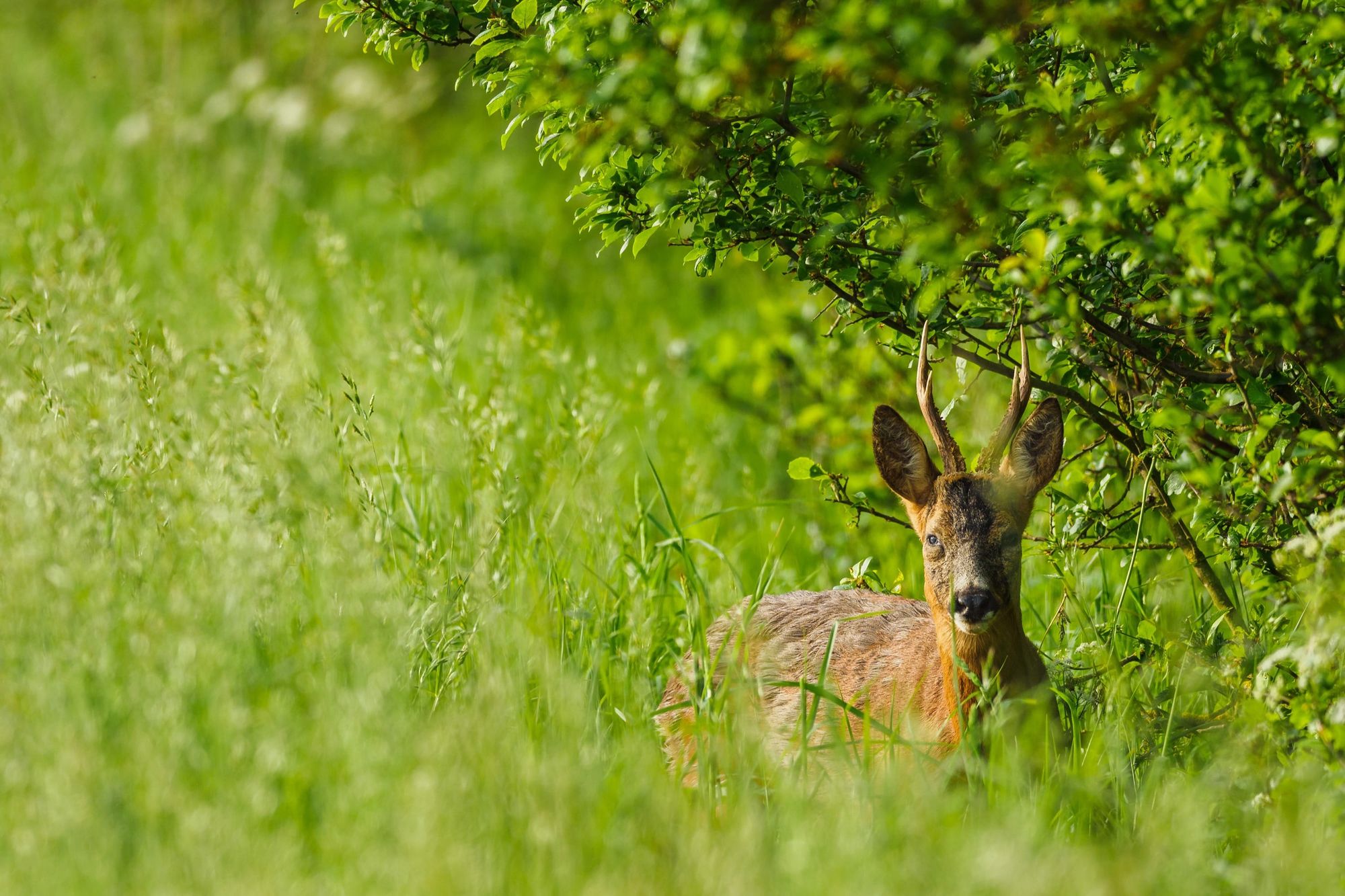
Thanks for reading, and I’ll back in another week or two with my latest images. I am regularly posting new photography on my Twitter and Instagram accounts, and you can also follow me on iNaturalist, where I post many of my latest sightings.
If you’d like to support my writing and photography, you can buy me a coffee. Thank you!
Alex Roddie Newsletter
Subscribe here to receive my occasional personal newsletter in your inbox. (For the fun stuff, please consider subscribing to Alpenglow Journal instead!)




